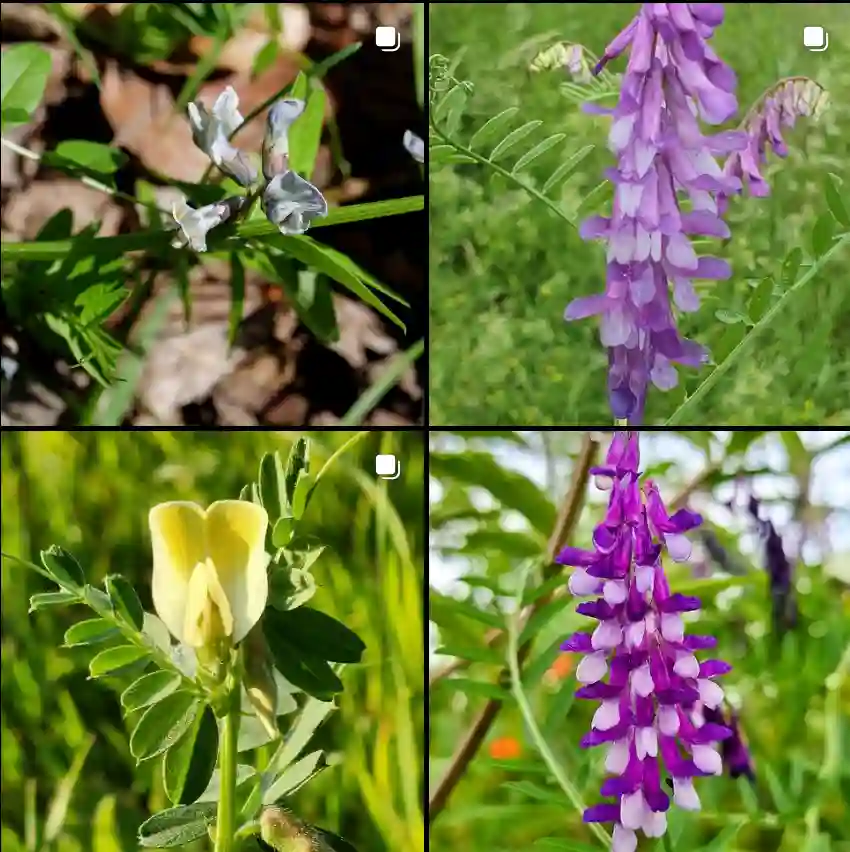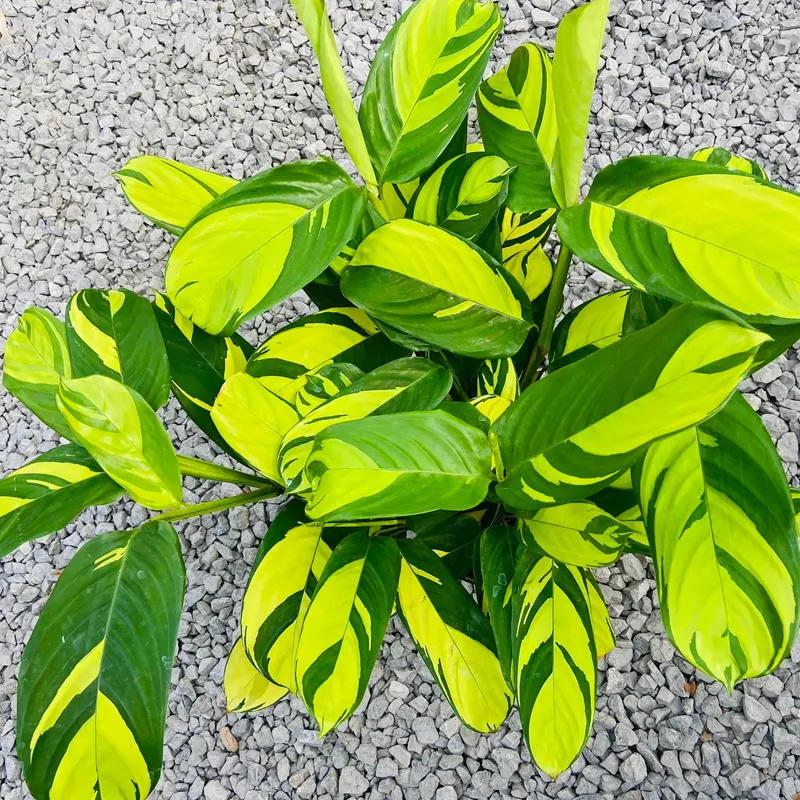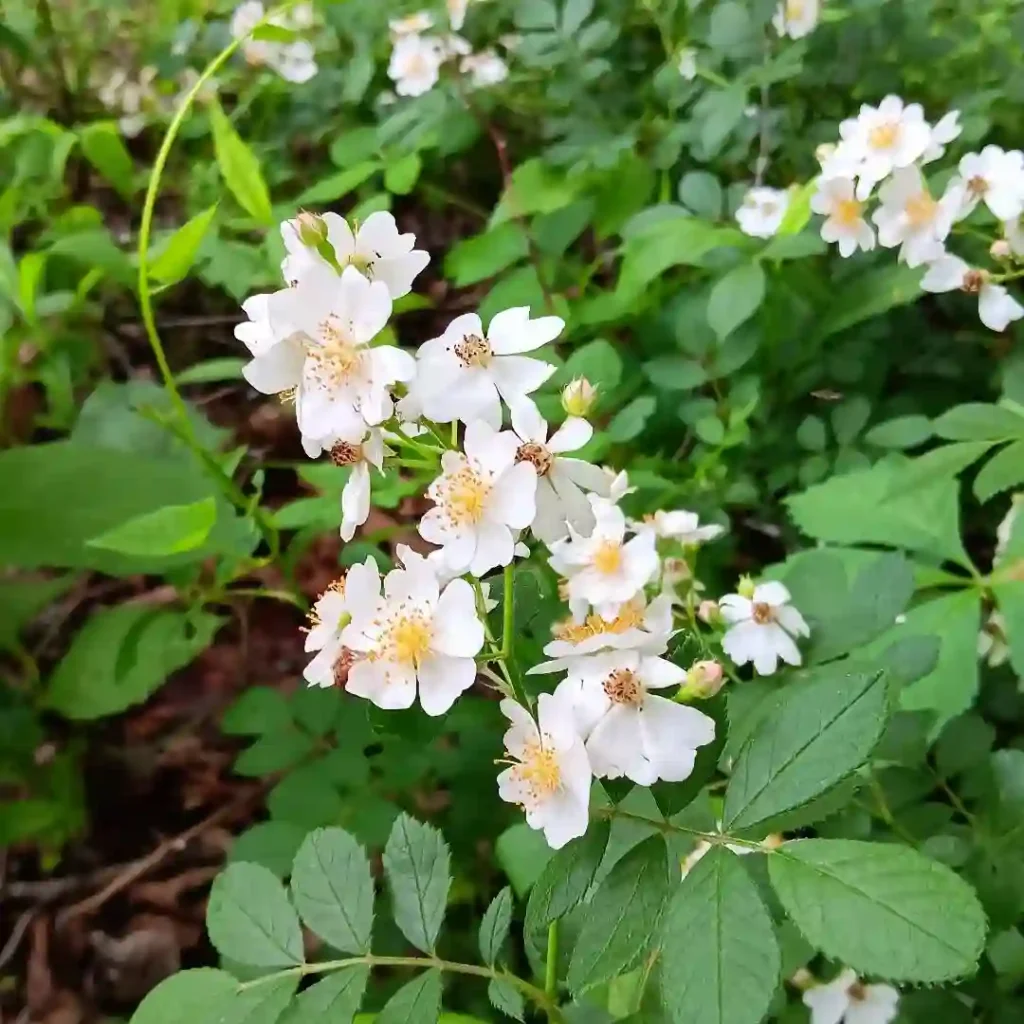The Deadly Beauty of Cicuta
I’ve always been drawn to the intricate world of plants, fascinated by their diverse forms and hidden dangers. One genus that has particularly captured my attention is Cicuta, more commonly known as water hemlock. These seemingly innocuous plants, with their delicate white flowers and lacy foliage, harbor a deadly secret: they are among the most poisonous plants in the Northern Hemisphere.
My interest in Cicuta stems from a childhood experience. Growing up in the countryside, I spent countless hours exploring the fields and forests near my home. One day, while wandering along a stream, I stumbled upon a patch of tall, elegant plants with umbrella-like clusters of white flowers. They were beautiful, but something about them made me uneasy. Later, I learned that these were water hemlock, and that even a small amount of their foliage or roots could be fatal if ingested.
This encounter sparked a lifelong fascination with these deadly plants. I began to study them, learning about their characteristics, their habitat, and the potent toxins they contain. The more I learned, the more intrigued I became. How could something so beautiful be so dangerous?
Understanding the Species
Cicuta belongs to the Apiaceae family, which also includes edible plants like carrots, parsley, and parsnips. This makes it all the more important to be able to distinguish between the edible members of this family and their toxic relatives. There are four main species within the Cicuta genus:
- Cicuta bulbifera: This species is characterized by its bulbous, axillary buds and its preference for wetter habitats like marshes and swamps.
- Cicuta douglasii: Commonly known as Western water hemlock, this species is found in western North America and is particularly toxic to livestock.
- Cicuta maculata: Spotted water hemlock, the most common species in North America, is identifiable by the purple spots on its stems. Plant FAQs: Cicuta Maculata
- Cicuta virosa: This species, known as European water hemlock, is widespread across Europe and Asia. Plant FAQs: Cicuta Virosa
All Cicuta species contain a highly poisonous substance called cicutoxin, which primarily affects the central nervous system. Ingestion of any part of the plant, especially the roots, can lead to violent seizures, respiratory failure, and death.
Identifying the Danger
One of the challenges with Cicuta is that it can be easily mistaken for other, edible plants. Its roots, for example, resemble parsnips or wild carrots, while its leaves can be confused with parsley. This is why it’s crucial to be able to accurately identify Cicuta if you spend time in areas where it grows.
Key features to look for include:
- Umbel-shaped flower clusters: The small, white flowers are arranged in umbrella-like clusters called umbels, typical of the Apiaceae family.
- Compound leaves: The leaves are finely divided and toothed, with a fern-like appearance.
- Thick, fleshy roots: The roots are often chambered and contain a yellowish, oily liquid that smells like parsnips.
- Purple spots on stems: This feature is particularly prominent in Cicuta maculata.
If you encounter a plant you suspect might be Cicuta, it’s best to err on the side of caution and avoid touching it altogether.
The Importance of Awareness
Despite its deadly nature, Cicuta plays a role in the ecosystem. It provides habitat and food for certain insects and animals that have developed a tolerance to its toxins. However, for humans and livestock, it represents a serious hazard.
Raising awareness about Cicuta is crucial to prevent accidental poisonings. Education is key. Hikers, campers, foragers, and anyone who spends time outdoors should learn to recognize this plant and understand the risks associated with it.
My own fascination with Cicuta has led me to share my knowledge with others. I believe that by understanding the dangers of the natural world, we can better appreciate its beauty and complexity. While the allure of the wild is undeniable, it’s important to remember that nature demands respect.




